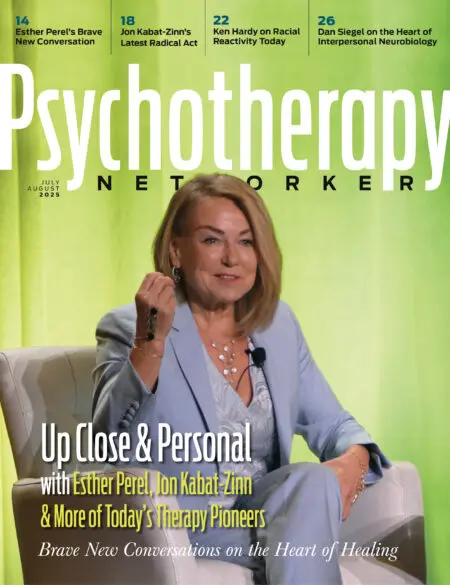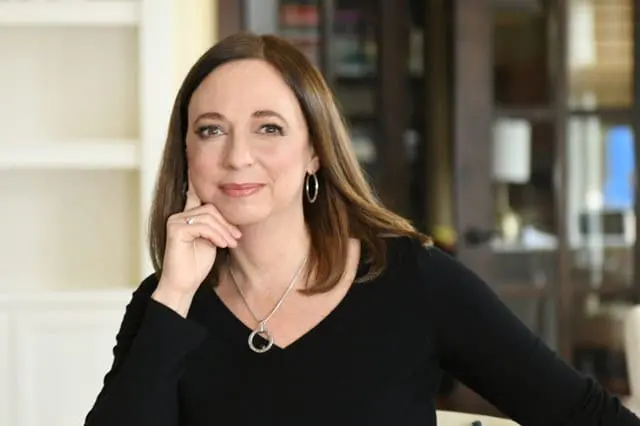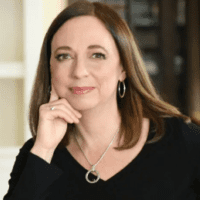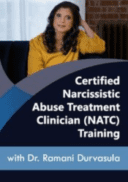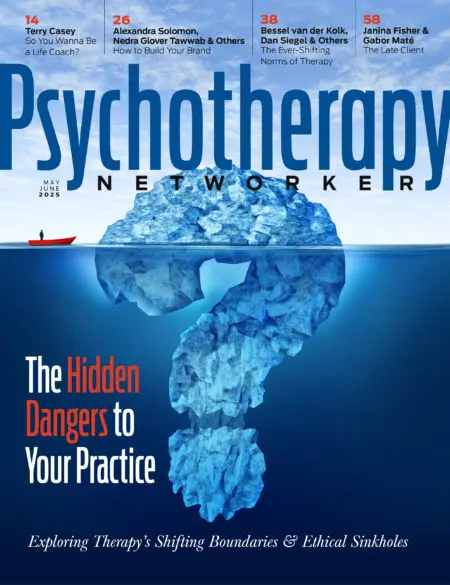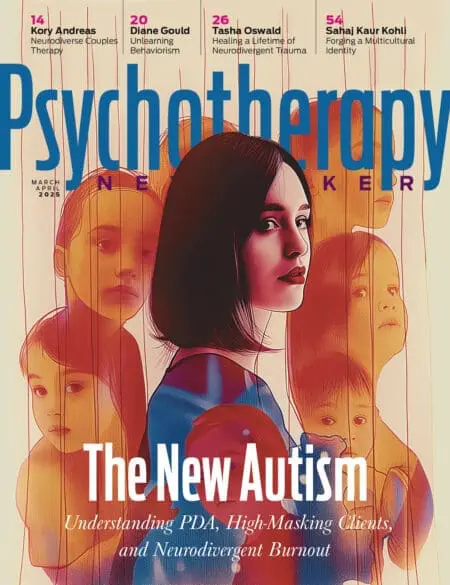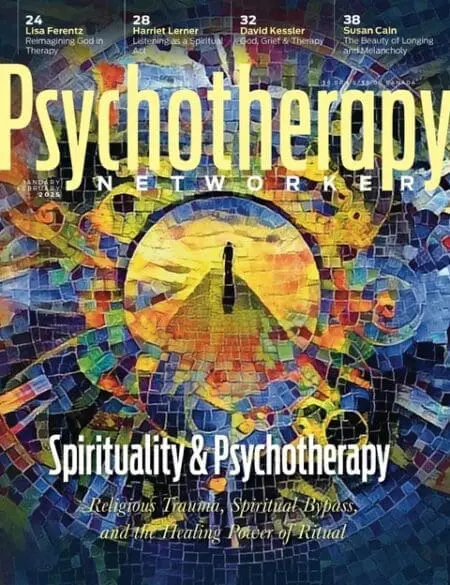In 2012, Susan Cain became world-famous for her bestselling book Quiet: The Power of Introverts in a World That Can’t Stop Talking, arguably one of the most influential books in the therapy world that’s not actually about therapy. With her online “quiet” community that extends across 193 countries and every U.S. state, she’s showed that the introverted qualities of thoughtful, low-key people—who tend to get dismissed in our loud, extrovert-centered society—are critical to every system in existence, from families to schools to workplaces and entire global industries.
Now, what has done Quiet did for introverts, her latest book—Bittersweet: How Longing and Sorrow Make Us Whole—is doing for the wistful, sensitive, misunderstood people among us she calls “melancholics.”
In this exclusive interview, Cain talks about her own innate disposition toward melancholy, and her view of sadness and longing not as hardships to endure on the road to happiness, but as deeply spiritual states of being.
Sure, you might say, every therapist knows all emotions have something valuable to offer. But let’s be honest, how often do you celebrate a client’s sense of sadness and longing? If your favorite nostalgic poet or spiritual seeker wandered into a modern-day consulting room, what are the chances they’d be diagnosed with anxiety, depression, ADHD, or a dissociative disorder?
As therapists, we’re taught to be on the lookout for symptoms of unprocessed trauma, attachment issues, and mental illness. We’re taught to wonder if a client is dysthymic or suffering from a depressive episode. And we’re taught to be concerned. But as Cain points out, research shows that the actual correlation between melancholy and depression is mild. Just because sadness can lead to depression doesn’t mean that it will. And just because sadness can feel heavy doesn’t mean it should be seen as a burden.
So if Cain is right—and sorrow and longing are more often linked to transcendence than pathology—then perhaps spirituality shows up a lot more often in therapy than we think.
Livia Kent: How does being melancholy differ from being depressed?
Susan Cain: Melancholy and depression are two separate states. The extent to which the field of psychology makes no distinction between them drives me a little crazy. When I started researching Bittersweet, the first thing I did was type “melancholy” into PubMed, and I kept getting articles about clinical depression. Not a single one talked about melancholy as a precious state of being aware of the impermanence of everything and the great piercing joy at the beauty of life that comes with that awareness.
I teamed up with psychologist Scott Barry Kaufman and researcher David Yaden to create a scale that helps people measure where they tend to fall in terms of their state of bittersweetness. We asked questions like, Do you find joy or inspiration in a rainy day? Do you frequently experience goose bumps? Have other people described you as an “old soul?”
We found that people who score high on bittersweetness also score high on measures of creativity. They score high on Elaine Aron’s construct of being a highly sensitive person. Interestingly, they score moderately high on measures of experiencing states of awe, wonder, and transcendence. Part of why we overlook this is because of the correlation between bittersweetness and anxiety and depression. But it’s only a mild correlation, not high at all—and it’s not surprising. If you tend to feel everything intensely, you might sometimes tip into a state where that’s not helpful to you.
LK: How can therapists help clients value their melancholic states?
Cain: If somebody tends toward melancholy and vibrates intensely with everything life brings to them, we can help them understand that there are times that’s not easy. But we can also gently help them understand that they don’t have a choice about their fundamental nature. If you’re one of those people, you’re one of those people. We might help them understand how many gifts come along with that. When I’m vibrating intensely with something negative or with something I’m longing for, I can start with just understanding, This is who I am. I can hang out through it and wait for the intensity of the experience to pass. But even while I’m in the depths of it, I can understand that I have this incredible gift to feel things deeply. I can experience a sunset that much more intensely or take the things I observe and shape them into a creative act, or into an act of healing.
LK: Melancholy isn’t necessarily sadness. But sadness, too, has an important role to play in our lives. What’s the value of sadness?
Cain: If you saw Inside Out, you may remember that the two main characters are Joy and Sadness. Well, it wasn’t always that way. I gave a talk on introverted employees at Pixar and after we were done, I sat down with Pete Docter—the director of the movie—and he told me that when they first made it, the two main characters were Joy and Fear.
The production of the movie was already well underway when Docter started having a terrible feeling in his stomach, a sense that the whole movie doesn’t work because Fear has nothing to teach Joy. He went into a tailspin and began to envision his career being over. He descended into sadness—and that’s when he realized that Sadness should be the core of the movie, because it actually has a lot to teach Joy. Sadness fuels empathy and belonging. Docter knew it was going to be a huge uphill battle to convince the executives at Pixar why Sadness of all things should be a main character—because no one wants to be sad—but he was able to portray life as just that: joy and sorrow, beauty and despair.
I’m guessing many therapists wouldn’t have gone into the healing professions without the wish to help clients discover new ways of exploring the full depth of life. It’s that full-spectrum expression that can help people heal, that gives us permission to experience sadness and cry.
LK: You link melancholy with our longing for beauty. Is there a link between spirituality and melancholy?
Cain: I say this as a lifelong atheist-turned-agnostic, but I believe we come into this world in a state of longing for the more perfect and beautiful world we just left. This could be the perfect harmony we experience in our mothers’ womb, or a perfect and beautiful realm we were once a part of. You see this in all of our religions. We were once in Eden, and then we long for Eden. We were once in Zion, and then we long for Zion. The Sufis call it “the great longing for the belonging for the soul.” Then we have secular manifestations of the same great longing. In The Wizard of Oz, there’s a longing for somewhere over the rainbow. This longing is the great essence of every single human being. When we see something beautiful, what we’re seeing is a manifestation of the perfect world we want to be a part of. We experience a thrill at the majesty of it. We also recognize we’re only catching a glimpse of this world—which is why we feel sad.
LK: Therapy often focuses on helping clients get what they want. Are we too quick to discount the value of longing over having?
Cain: In our culture, we tend to think of longing as a disabling emotion, something that holds you back from being who you should really be, but I believe longing is momentum in disguise. In Old English, longing literally means “to grow longer, to extend, to be reaching.” Great acts of creativity arise from a longing to see something beautiful. Every single creative person will tell you they have a shimmering image of perfection they’re aspiring to. A writer will have the idea of the perfect manuscript they will produce, even though they know from day one they’ll never produce anything half as perfect as what they have in mind. But they still reach for it, and there’s joy in that.
LK: Clearly, there’s stuff we can all change about our lives, but we can’t change the inevitability of loss.
Cain: One of the great Japanese Buddhist haiku masters was Issa. He had a very difficult life. His first child died and then he had this baby girl, shining and perfect, and he loved her with all of his being. Then she, too, died of smallpox. And he wrote this poem: “This world of dew is a world of dew, but even so, even so.”
This poet deeply understood the Buddhist principle of impermanence, and it’s clear in these words that he still struggled to accept it at times. That’s what he’s saying in the line “but even so.” Grief, loss, and impermanence are a great gift; they might not be the gift we want, but we’re all in this mysterious mix of loss and beauty together—and that’s beautiful.
LK: What do you most want people to take away from your work?
Cain: There’s a whole realm of humanity that exists in the space that I describe as the quiet, the sensitive, the melancholic, the beauty-seeking. I’m guessing a huge percentage of therapy clients exist in this realm. I’m guessing a lot of therapists do, too. It’s so important to remember the beauty of that realm. If you really know it, you know it in a deep-down way.
There’s this centuries-old archetype of the wounded healer, which I see so acutely in the work therapists do. This comes from the Greek myth about the wounded centaur Chiron. Because he was wounded and in pain, he had the ability to heal others. There’s something in us as humans that can do this. After 9/11, we had a record number of people signing up to be firefighters. During the height of the pandemic, we had a record of number of people signing up to be doctors and nurses. A woman whose daughter was killed by a drunk driver started Mothers Against Drunk Driving. There’s something in humanity that has this impulse to take our darkest depths and turn them into something meaningful.
So maybe the pain you can’t get rid of is your creative offering, your healing offering to the world.
Susan Cain
Susan Cain is the author of the #1 New York Times bestsellers Quiet: The Power of Introverts in a World That Can’t Stop Talking, and Bittersweet: How Sorrow and Longing Make Us Whole, which was also an Oprah Book Club selection. She has spent the last twenty years exploring a particular realm of human nature: the quiet, the sensitive, the thoughtful, the bittersweet. It has always seemed clear to her – and to her millions of readers – that this way of being can lead to a richer, deeper form of happiness. Susan’s books have been translated into 40+ languages, and her record-smashing TED talks have been viewed over 50 million times on TED and YouTube combined. Susan is the host of the bestselling Audible series, A Quiet Life in Seven Steps, and the Quiet Life online community. Her Kindred Letters newsletter is read by people in all 193 countries and all 50 American states. Join her at TheQuietLife.net.
Livia Kent
Livia Kent, MFA, is the editor in chief of Psychotherapy Networker. She worked for 10 years with Rich Simon as managing editor of Psychotherapy Networker, and has collaborated with some of the most influential names in the mental health field on stories that have become widely read articles and bestselling books. She taught writing at American University as well as for various programs around the country. As a bibliotherapist, she’s facilitated therapy groups in Washington, DC-area schools and in the DC prison system. In 2020, she was named one of Folio Magazine’s Top Women in Media “Change-Makers.” She’s the recipient of Roux Magazine‘s Editor’s Choice Award, The Ledge Magazine‘s National Fiction Award, and American University’s Myra Sklarew Award for Original Novel.
